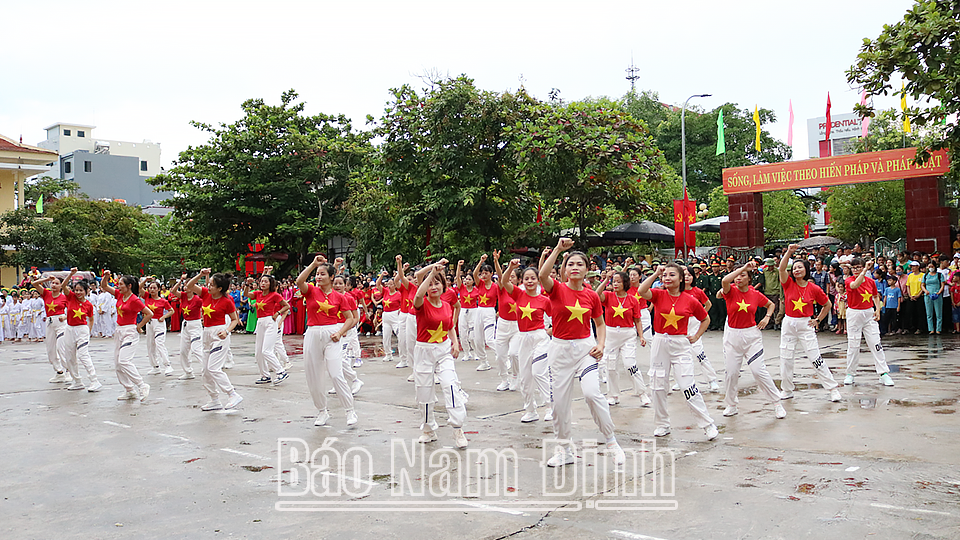 |
| Folk dance performance program at the Cultural, Information and Sports Center of Truc Ninh district. |
The Department of Culture, Sports and Tourism (DCT), as the standing agency of the Steering Committee for the Movement for New Rural Development and Civilized Urban Areas, has proactively advised the Provincial People's Committee to issue documents directing the construction of new rural areas in various fields of the industry; promptly advised on amending and supplementing a number of contents on standards, procedures for considering and recognizing cultural titles and developing the movement "DCT, Sports and Cultural Development and Civilized Urban Areas" associated with the construction of new rural areas and civilized urban areas. The Department of Culture, Sports and Tourism coordinates with agencies, units and localities to survey and guide the establishment of establishments to build and implement criteria for advanced, model new rural districts and communes, and civilized urban areas to ensure suitability with the practical situation. Up to now, the whole province has 95% of residential areas recognized as cultural titles; more than 90% of households recognized as "Cultural Families". Giao Thuy district has 18 communes meeting advanced NTM standards, of which 14 communes meet model NTM standards; in particular, Giao Phong commune is one of 9 communes nationwide selected to pilot the smart NTM commune model. Truc Ninh district has 10 communes meeting advanced NTM standards, of which 6 communes meet model NTM standards; all 3 towns: Co Le, Ninh Cuong, Cat Thanh meet civilized urban standards. Xuan Truong district has 8 communes meeting advanced NTM standards, of which 7 communes meet model NTM standards; Xuan Truong town meets civilized urban standards.
As a leading locality in the national new rural construction movement, Nam Dinh province was chosen by the Ministry of Culture, Sports and Tourism to organize the conference to review the implementation of cultural criteria in the National Criteria Set for New Rural Communes and the work of building cultural life in new rural construction, thereby affirming its pioneering role in the synchronous development of both economy and culture in rural areas. The province was also honored to host the National Conference to review 10 years of implementing the National Target Program on New Rural Construction for the period 2011-2020. This is an important event in evaluating the results and orientation for the next stage of the whole country. In recent years, the work of protecting and promoting the value of cultural heritage in the province has gradually become routine, achieving many important results. With a system of more than 1,300 historical and cultural relics, including 3 special national relics, 87 national relics and 348 provincial relics, Nam Dinh province is one of the localities with the largest density of relics in the country. The ranked relics have been restored and embellished in accordance with the correct procedures and legal regulations, ensuring the quality of the works and preserving the original elements. Every year, the Department of Culture, Science and Information of districts and cities together with the authorities of communes, wards and towns strengthen the State management of heritage conservation activities. The work of inventorying, compiling records of relics, developing plans for restoration, embellishment and prevention of degradation of relics has been carried out methodically and synchronously. The province has issued many support policies and mobilized social resources to protect and promote heritage values associated with the program of building advanced and exemplary new rural areas. Some typical projects have been invested and renovated on a large scale such as: Phu Day relic complex (Vu Ban), Tran Temple - Thap Pagoda festival center (Nam Dinh city), Keo Hanh Thien Pagoda (Xuan Truong), Quang Cung Palace, Ngo Xa Communal House - Pagoda relic area, Ne Pagoda (Y Yen)... Along with the work of preserving relics, the organization and management of festivals associated with relics are of special interest to the provincial Department of Culture, Sports and Tourism and authorities at all levels. Every year, more than 200 traditional festivals are held in the province, solemnly, in accordance with traditional rituals and ceremonies, promoting the good values of patriotism, tradition of studiousness, solidarity, and indomitable resilience against foreign invaders of the nation. Through festivals and heritage conservation, the image of Nam Dinh culture and people is increasingly widely promoted, contributing to promoting tourism development, building the brand "Nam Dinh - Land of culture and heroes".
The movement of physical training and sports associated with the program of building advanced new rural areas, models and civilized urban areas is increasingly spreading widely, many cultural and sports works are being built to meet people's needs. In the period of 2018-2023, the whole province built many cultural and sports facilities; including 15 district-level cultural and sports facilities, such as stadiums, cultural houses, and multi-purpose gymnasiums. The whole province has built, repaired, and upgraded 31 commune and town cultural houses, 175 village, hamlet, and residential group cultural houses. In particular, in the period of 2023-2025, the province continues to focus on investing in the construction and improving the quality of grassroots cultural and sports works by installing outdoor physical training and sports equipment in public places. To date, the whole province has installed 2,626 sets of outdoor physical training and sports equipment. In addition to cultural and sports facilities invested in and built from the State budget, in the stages of building advanced rural areas and model rural areas, the province has many sports facilities such as football fields, volleyball courts, badminton courts, swimming pools, tennis courts, pickleball courts, etc. built with socialized resources, mainly from the support of collectives, individuals, investing enterprises and contributions from the people. These facilities have made an important contribution to serving the needs of exchange, learning and organizing cultural, artistic, sports, entertainment, health training activities, improving people's spiritual life, and strengthening community solidarity.
The system of cultural and sports facilities has been increasingly consolidated and expanded. Up to now, all 9 districts and cities in the province have Cultural, Information and Sports Centers taking on the role and function of organizing propaganda activities and developing mass culture and sports; 100% of communes, wards and towns have cultural houses and multi-purpose halls. All sectors and schools in the province have completed the system of multi-purpose houses, training and competition grounds to serve mass sports tournaments. The whole province has 2,338 cultural houses, community activity venues in villages, hamlets, residential groups, and 2,054 sports fields in residential areas. Cultural houses are not only places to organize community activities but also important places to propagate the Party's guidelines and policies, the State's policies and laws, thereby raising people's awareness and consciousness in building a civilized and modern society. Along with infrastructure investment, localities in the province have focused on innovation and improving the operational efficiency of the grassroots cultural and sports institutions. The socialization model in the management and operation of cultural houses has been promoted, assigning the community to directly organize cultural, artistic, sports, entertainment and recreation activities. Currently, the province has nearly 900 mass art teams, more than 60 cultural and art clubs with over 3,000 members regularly participating in activities and performances. On average, each year, the province organizes about 700 activities, exchanges and performances, contributing to enriching the spiritual and cultural life of people in residential areas. Every year, districts and cities develop plans to organize many mass cultural and artistic festivals on the occasion of Lunar New Year and major holidays and anniversaries of the year. These activities not only attract a large number of people to participate but also contribute to preserving, conserving, exploiting and promoting the unique traditional art forms of Nam Dinh homeland such as: Cheo singing, Ca Tru singing, Chau Van singing, festival drums, Tu Linh dancing... Promoting the development of cultural and sports movements associated with improving the quality of cultural criteria in building new rural areas has created a healthy living environment, imbued with national identity, contributing to the formation of tours, experiential tourism routes, and countryside tours; thereby, introducing and promoting the traditional cultural beauty of the locality to domestic and foreign tourists.
The movement of physical training and sports for building new rural areas has contributed to making the appearance of rural areas in the province increasingly new and spacious, the picture of new rural areas more vivid and bright, creating a solid premise for Nam Dinh to develop sustainably.
Article and photos: Khanh Dung
Source: https://baonamdinh.vn/van-hoa-nghe-thuat/202505/hieu-quaphong-trao-toan-dan-doan-ket-xay-dung-doi-song-van-hoatrong-xay-dung-nong-thon-moi-nang-cao-kieu-mau-99c6b4e/


![[Video] 24-hour news on May 9, 2025: General Secretary To Lam officially visits the Russian Federation and attends the 80th anniversary of Victory Day in the Great Patriotic War](https://vphoto.vietnam.vn/thumb/1200x675/vietnam/resource/IMAGE/2025/5/10/5eaa6504a96747708f2cb7b1a7471fb9)
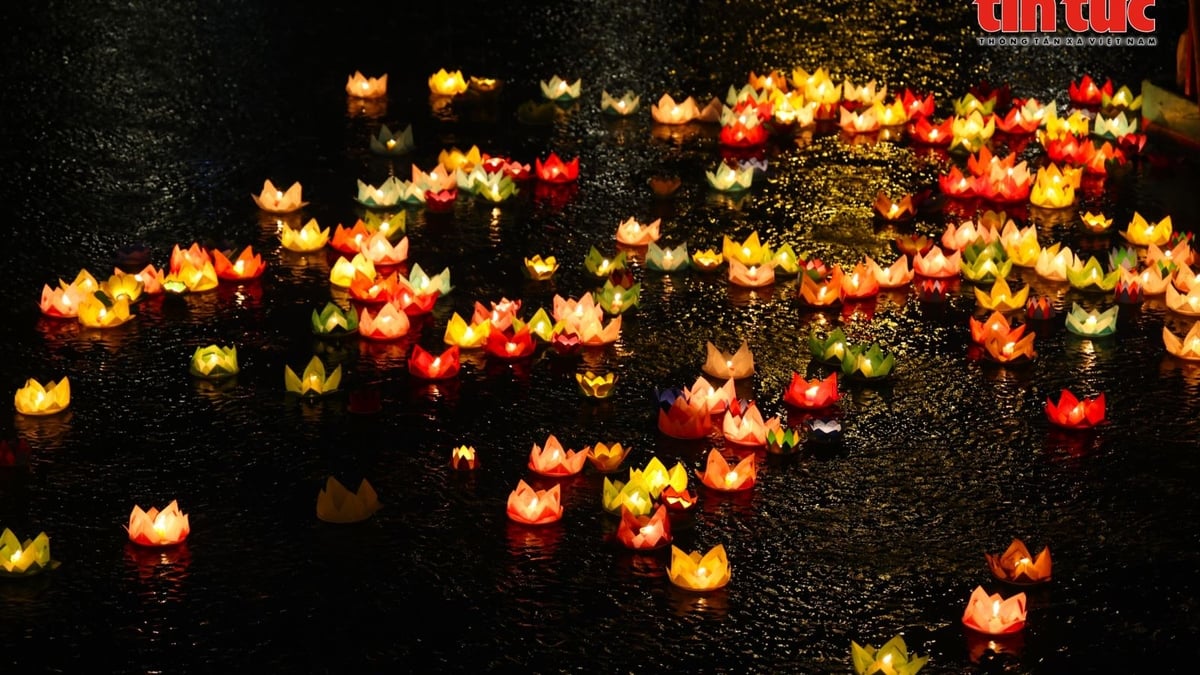
![[Photo] Ho Chi Minh City: Many people release flower lanterns to celebrate Buddha's Birthday](https://vphoto.vietnam.vn/thumb/1200x675/vietnam/resource/IMAGE/2025/5/10/5d57dc648c0f46ffa3b22a3e6e3eac3e)
![[Photo] General Secretary To Lam meets with Chairman of the Federation Council, Parliament of the Russian Federation](https://vphoto.vietnam.vn/thumb/1200x675/vietnam/resource/IMAGE/2025/5/10/2c37f1980bdc48c4a04ca24b5f544b33)
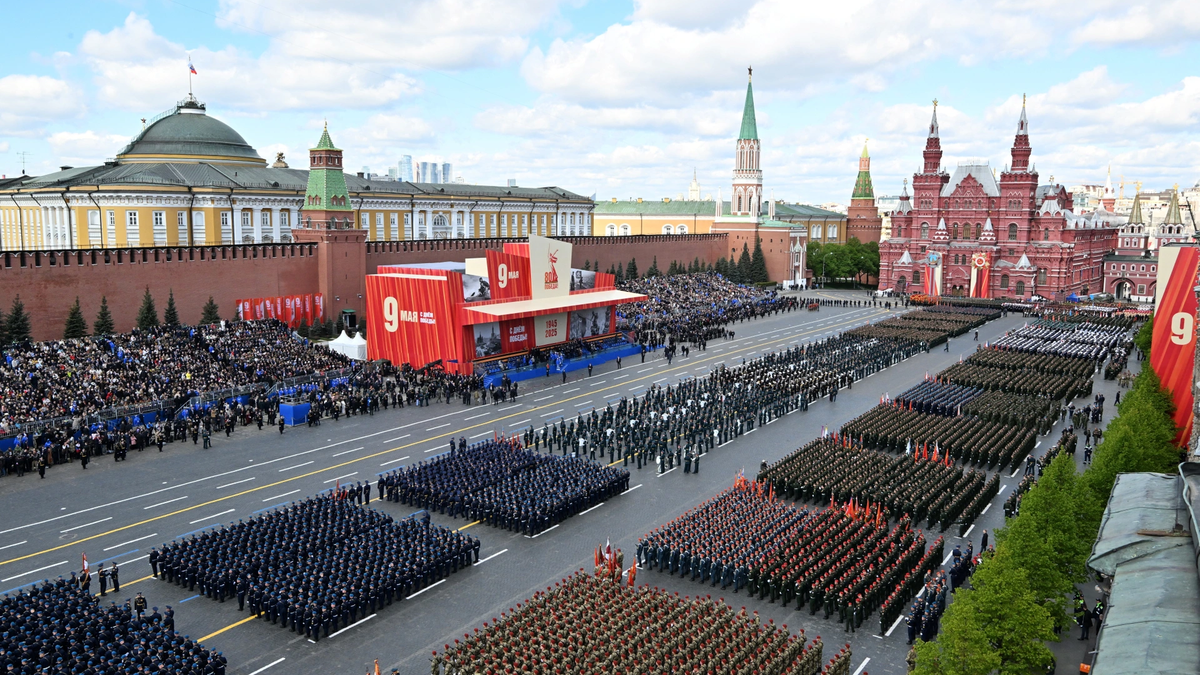
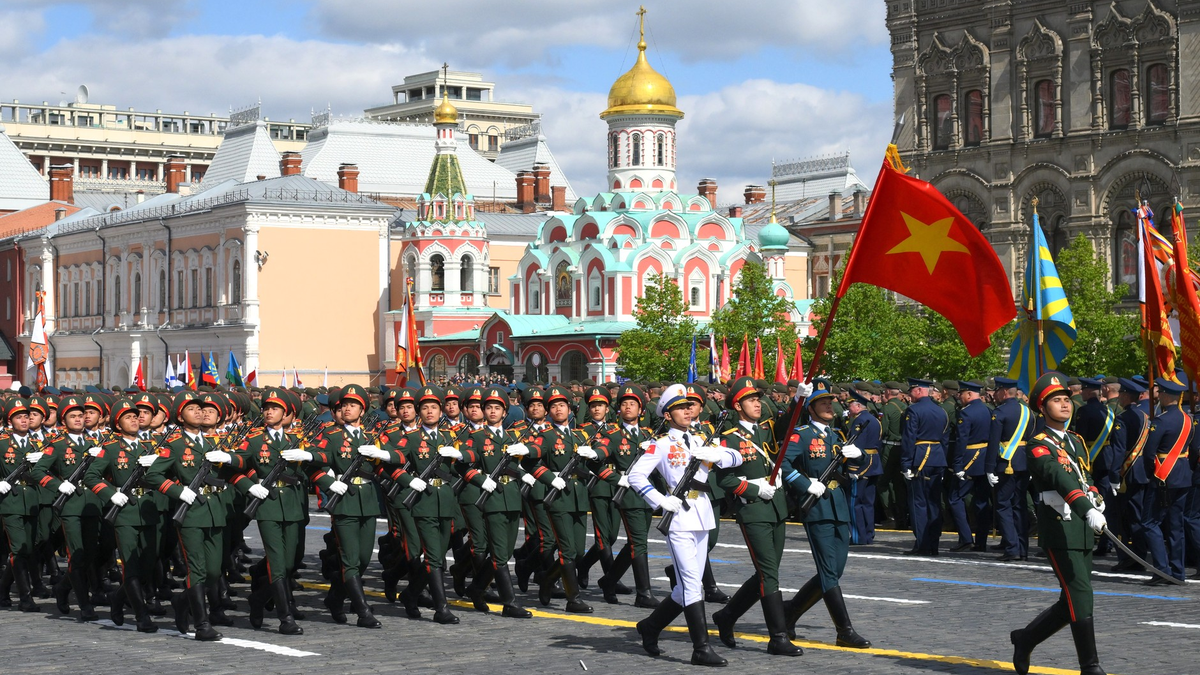

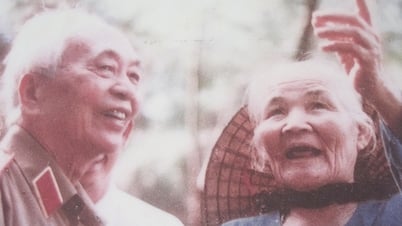
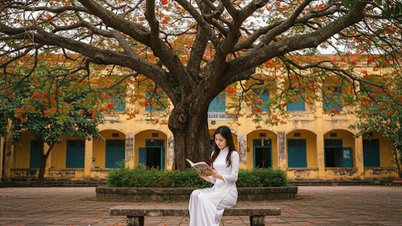
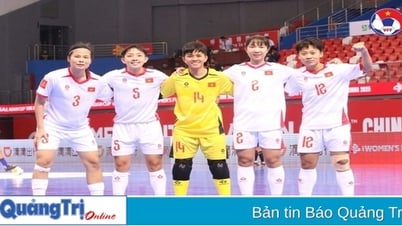

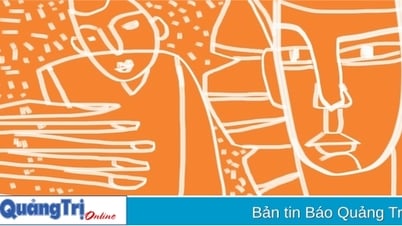





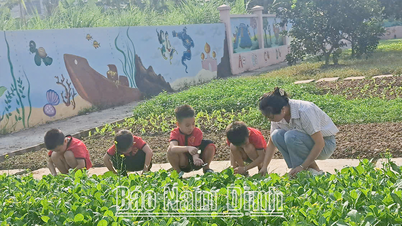


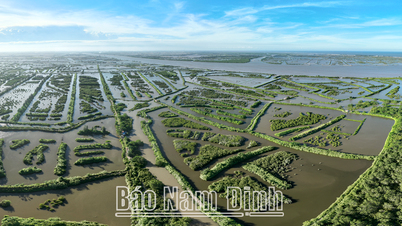
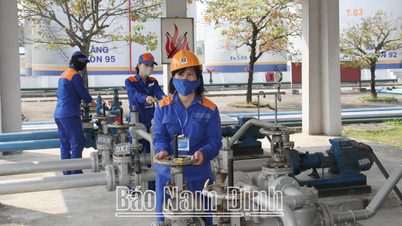
![[Photo] Russian military power on display at parade celebrating 80 years of victory over fascism](https://vphoto.vietnam.vn/thumb/1200x675/vietnam/resource/IMAGE/2025/5/9/ce054c3a71b74b1da3be310973aebcfd)
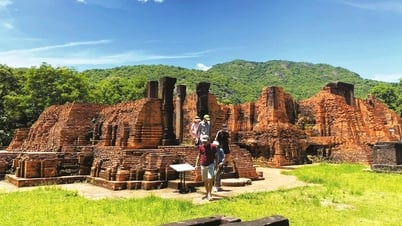

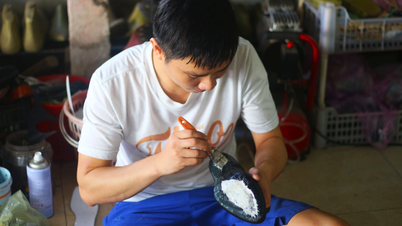










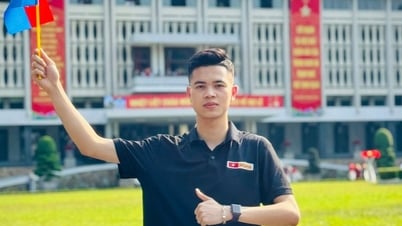

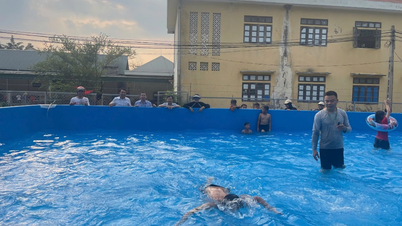
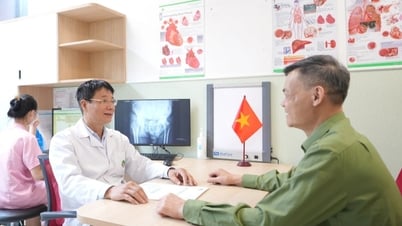












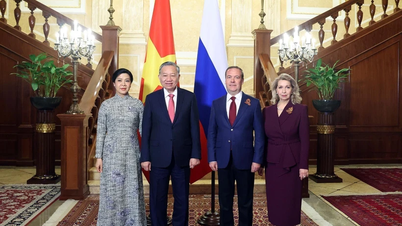

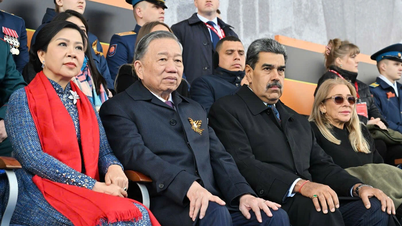
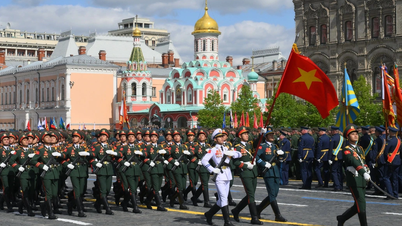

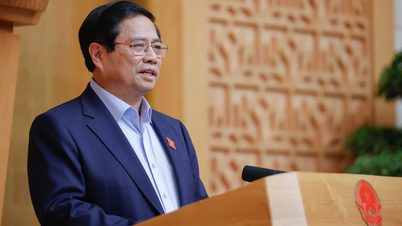


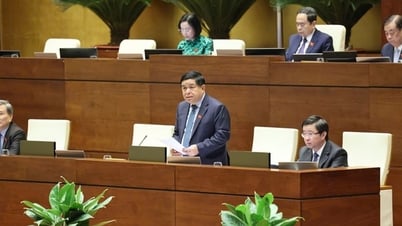

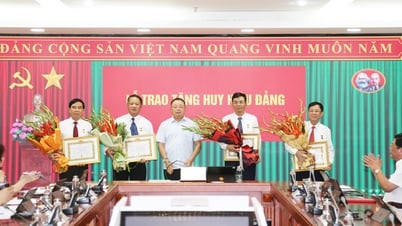

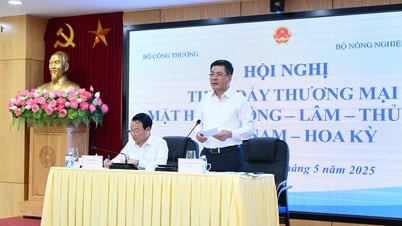


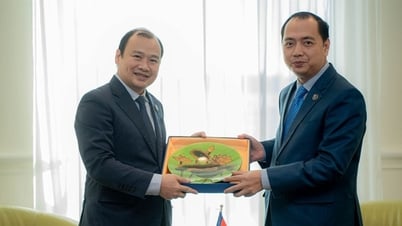


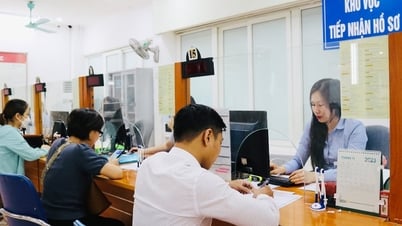

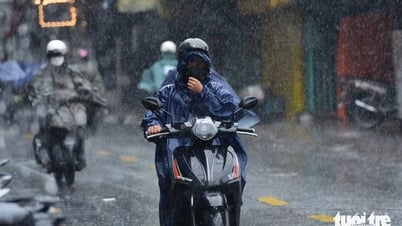













Comment (0)